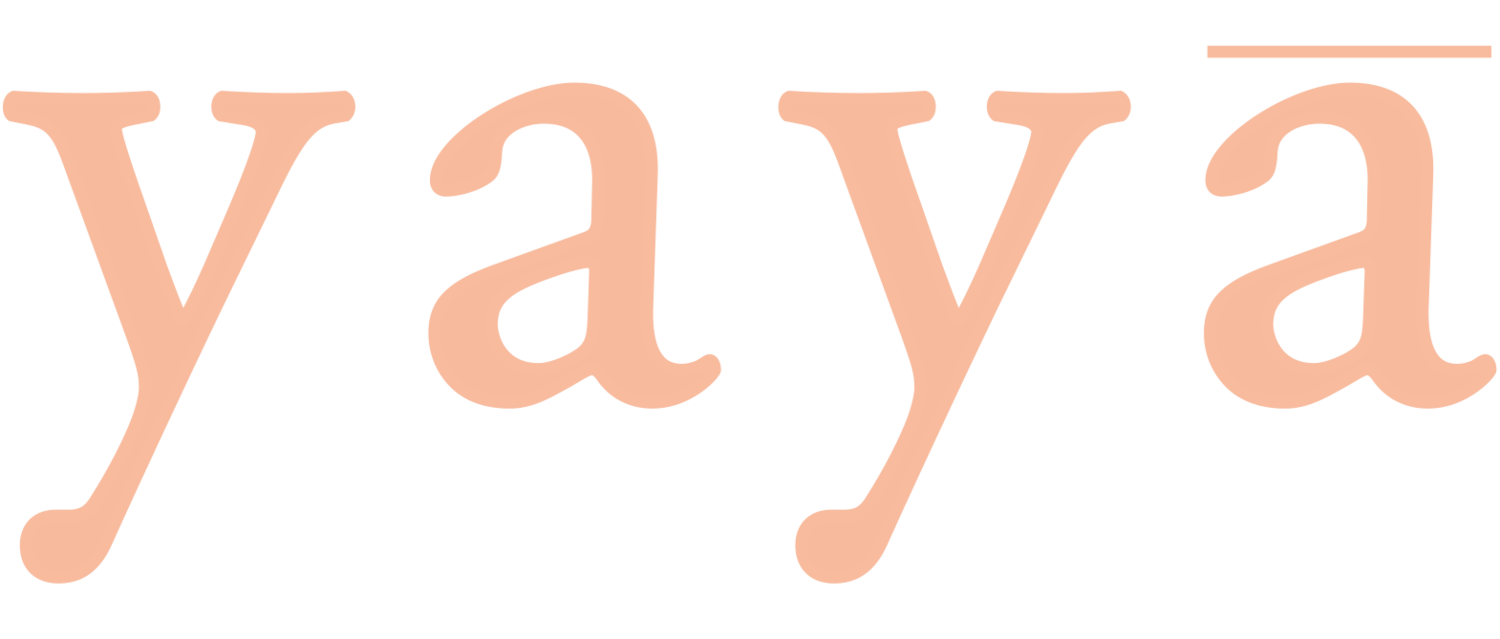Greek yoghurt takes many forms, from sheeps yoghurt, to yoghurt so thick it has a skin and texture like clotted cream. I remember eating a lot of homemade yoghurt and I knew I had to get my yaya’s recipe. To do this, we had to travel to the village.
We arrive at 9pm, and see a smattering of people (mostly portly men) in the square chatting and watching the England vs Russia match. There’s a strange atmosphere in the village this time lonely, nostalgic, isolated. We’re told the village square now has free wifi (incredible to believe!) but that they turn it off evenings and weekends...
Throughout the evening we talk a lot of ghosts and dead relatives. We bump into the local drunk, who’s nickname is 'Phantagma', a play on the word 'phantasma', which means ghost. We call to an old lady on the street, ‘Thea!’ (which means 'aunt' – a word you use for any older lady you address), who hobbles past us and tells us his sad tale of alcoholism, how he became a shell of a man and ghost in the village.
That night I think I see someone walk past my bedroom door.
The next morning we sit with my aunt and uncle drinking greek coffee, eating 'bougatsa' (bougatsta is a kind of custard filo pie with cinnamon, but deserves a post of its own), and continue our discussion about the ghosts in the house. We all agree that the female ghosts stay upstairs where the bedrooms are, whereas the male ghosts congregate in the small living room at the front of the house. The house is heavy with the past. Generations have lived and died there, most recently my grandfather.
In the midst of this, my yaya gives me her yoghurt recipe…
ingredients...
Full fat milk
A tablespoon of live, raw yoghurt – kefir or rennet might do
Muslin
method...
- Fill a medium pan three quarters full with the milk.
- Slowly bring it to the boil, stirring well and making sure it doesn't burn. Then cool until it’s lukewarm.
- Add 1 tablespoon of the live yoghurt and stir well.
- Cover with a lid and lots of blankets to keep it warm.
- Leave it for at least four hours, or until it has a skin – yaya starts the process in the morning and it's usually ready by the afternoon. But Greece is a warm country so this may take longer in the UK...
- Remove the blankets and leave it to go cold – do not any this point cut up the yoghurt/skin.
- At this point, you can put it in the fridge to cool and set further. If you’d like to make strained yoghurt, i.e. Greek yoghurt, strain it through some very fine muslin until it drips no more before you put it in the fridge.
- Once it has gone cold, it's ready to eat.
On the way to our next destination (the seaside town Kavala), we buy sour cherries from the side of the road near a village called Gazoros – where they hold an annual cherry festival in celebration of their prized produce. My mum tells me that the village was originally called Porna and its where Darius stayed on his way to Athens from Iran. It was given the name Porna as it was the place to get prostitutes – also the origins of the word ‘porn’.
We buy the cherries from a woman selling them next to an abandoned petrol station, which feels lonely and bleak. She’s there for three months of the year, day in day out, selling produce to passing traffic.
In the car we look out to the valley while listening to Pondiaki music – the Pontos people coming from the Black Sea and speaking a unique dialect none of us can understand; a mix of languages from ancient Greek and modern Greek to Turkish, Russian and Persian.
I feel ready for the fresh air of the sea.
Part of a series of blogs I'll be writing about my visits to the family home in Greece.

